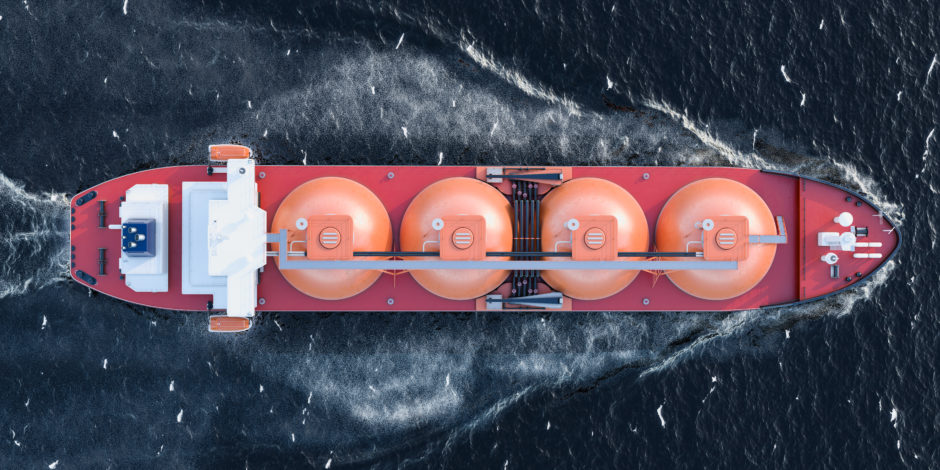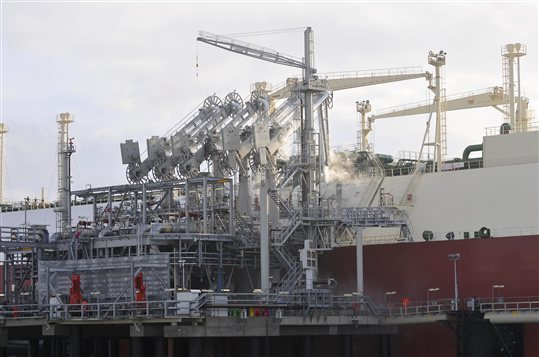
Among major liquefied natural gas (LNG) suppliers, Qatar, as well as Russia and African producers, look set to benefit from China’s rising demand for the fuel, according to FitchSolutions.
China LNG demand continues to expand and suppliers in Qatar, Russia, and Africa, look set to benefit as China seeks to diversify its import mix that has become more reliant on Australian LNG in recent years.
“LNG demand in China continues to show resilience despite the global pandemic, proving to be a beacon of strength in the global LNG market as deliveries headed elsewhere encounter fresh headwinds. Through Q1 2021, China’s LNG imports are up by 10.3% year on year, due to strong seasonal demand and the conversion to gas from coal across factories and households,” Fitch said in its latest report.
Long-term national policy will continue to favour gas as the government seeks to decarbonise the economy.
“This will see China’s gas demand continue to grow at a robust clip over the coming years. Even with domestic production set to grow on the back of aggressive capex flows into the unconventionals space, the level of demand growth will be such that China will continue to require significant amount of gas imports to meet demand. The growth in LNG imports will outstrip that of pipeline gas due to its greater flexibility and scalability,” said Fitch.
“Among major LNG suppliers, Qatar stands to benefit from China’s growing need for the fuel. Sinopec’s recent 10-year LNG supply agreement with Qatar Petroleum in March, the SOE’s first and Qatar’s first long-term deal with China since 2018, shows China intent to strengthen LNG ties with Qatar,” added Fitch.
“Russia and Africa suppliers also set to benefit as China diversifies its import mix that has become more reliant on Australian LNG in the past few years. Russia has a number of
new liquefaction projects lined up to come online over the next three to four years that could boost export volumes to China. In addition, China has made deliberate investments into upstream projects in Africa under the Belt and Road umbrella and thus has substantial access to oil and gas resources being produced in the region,” said Fitch.
Total LNG flows from Africa rose 13% on year to 4.2bcm in 2020, the highest on record, and are expected to climb higher over the coming years with the likes of Egypt, Mauritania, Mozambique and Nigeria, several of China’s investment strongholds, set to bring through new projects.
“Australia’s dominant position – which it has held since 2015 – does not look to be at any immediate threat, but growth could stall as the stream of mega LNG projects in the country has run its course. Testy bilateral relations between China and Australia could come to impact trade flows, especially if accompanied by strong central government directive, although contracted volumes, equivalent to about 45% of China’s purchases from Australia, look secure for now,” reported Fitch.
“China’s LNG demand is forecast to grow by 12% on year in 2021 driven by growths in natural gas utilisation across the power generation and industrial segments. This compares favourably to the 8% growth in LNG imports recorded in 2020, although is slower than the high double-digits growths averaged in 2016-2020. Gas’ prominence in the national energy mix has risen significantly to date but continuous strong policy backing will be needed to ensure its use reaches the level of usage desired by Beijing in order to achieve its long-term climate ambitions. China’s climate targets remain ambitious – in an address to the United Nations in September 2020, President Xi Jinping doubled down on China’s already ambitious climate goals, pledging to peak carbon emissions before 2030 and achieve carbon neutrality before 2060,” said Fitch.
Recommended for you

